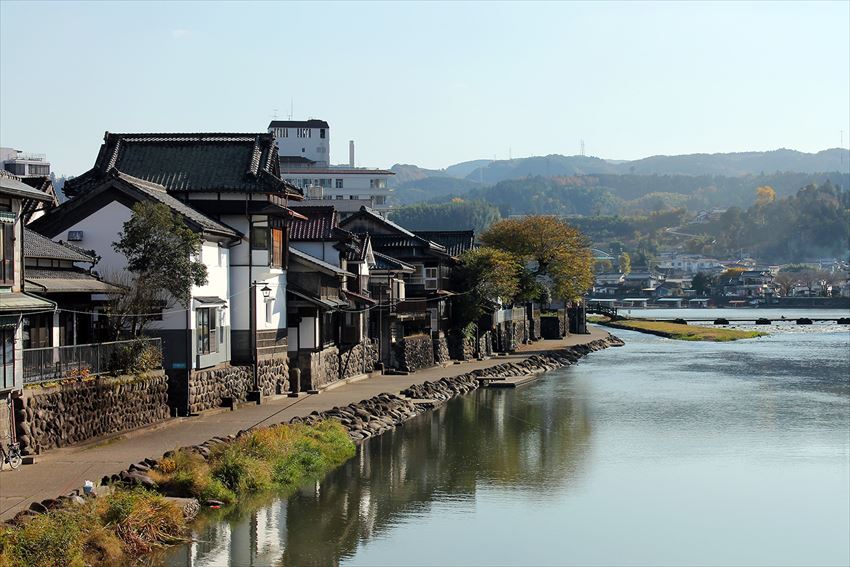
(https://worldwidewojnar.wordpress.com/)
Getting Here
From Fukuoka City:
Buses leave both Tenjin and Hakata Bus Terminals every half hour. The approximately 90 minute ride goes right to the center of Hita and costs ¥1750. This bus also stops at Fukuoka Airport, departing from the domestic terminal. Some of the buses operate on express routes which skip the airport, so travelers who plan to get to the airport by bus should confirm whether their bus stops at the airport.
From Oita City:
Buses leave from Oita Station every 1-2 hours. The bus takes passengers to the Hita City highway bus stop, which is located a few kilometers from the center of town. The JR Hita Train Station, while offering a more central connection from Oita City for ¥2070, only runs a few times a day.
By Car:
Hita is well connected by the Oita Expressway. Heading Northwest, it takes about 1 hour to reach Fukuoka. Going East, one reaches Beppu in about an hour, followed by Oita City in another 20 minutes. Note that use of the Expressway requires paying a toll, which will be between ¥1600-2400 depending on the destination.
Attractions
Despite its small size, Hita has many great attractions and scenic day trip opportunities. The most tourist-friendly districts are Kuma-machi, on which the beautiful Mikuma River lies, and Mameda-machi, the city’s historical district.

(https://www.instagram.com/p/BIxOsaCD1tm)
Mameda-machi
Hita’s historical Mameda district is known for its quiet, Edo-era style buildings and peaceful nighttime atmosphere. During the summer, tourists flock to the district to shop, attend events, and enjoy a stroll along traditional Japanese-style streets. The district is based on the Gion district in Kyoto, which led to Mameda earning the nickname “Little Kyoto.”
Along Mameda’s streets there are numerous unique museums:
• Kusano House - the origin of the Tenryo Doll Festival, as well as the oldest house in Oita Prefecture.
• Nihongan - a museum featuring medical devices and tools used in the olden days.
• Kuncho Sake Brewery Museum - in business since the Edo period, the Kuncho Brewery continues to produce delicious sake. A visit here is not complete without indulging in a sample at the sake tasting booth!
• Shizantei Kaikokan - art museum with works dating back over 200 years.
• Tsukikuma Park - this nearby park used to be the site of Hita’s castle. Though the castle is no longer standing, the wall still remains.
• Reimeikan - the original building was a bank, however the first floor now is the site of the Pressed-Flower Art Museum, where visitors can try pressing their own flowers.
• Kangien Academy - an Edo-era school opened by Confucian scholar Tanso Hirose. Visitors can explore the property, as well as learn about the history of the school from a guide in the main building.
Ohara Shrine
Located behind a large torii gate off of one of Hita’s main roads, Ohara Shrine features a surprisingly extensive property, complete with koi ponds, quaint bridges, and 116 stone steps up to the main shrine hall. Once there, priests offer blessings and sell charms. During summer festivals, the shrine is one of the most visited in the city.
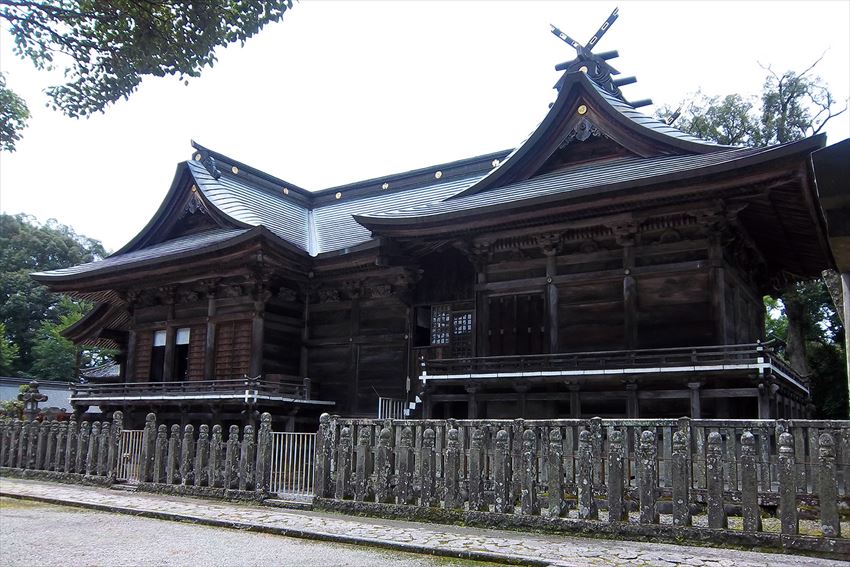
(https://worldwidewojnar.wordpress.com/)
Hita Gion Museum
The museum is located in Kuma-machi, the second oldest district of Hita City. Here visitors can learn about the history of the Gion festival (observed most prominently in Kyoto, but also in other cities around the country) as well as see examples of the intricate work which goes into making the three-story high floats.
Mikuma River
Lifeblood - as well as a source of food - of the city, the Mikuma River is the site of most of the major festivals in the city, including Kankosai (the fireworks festival) and Gion. Aside from enjoying a relaxed stroll along the river, during the summer river boats line up on the shore, eager to serve guests a traditional Japanese meal while on the water.
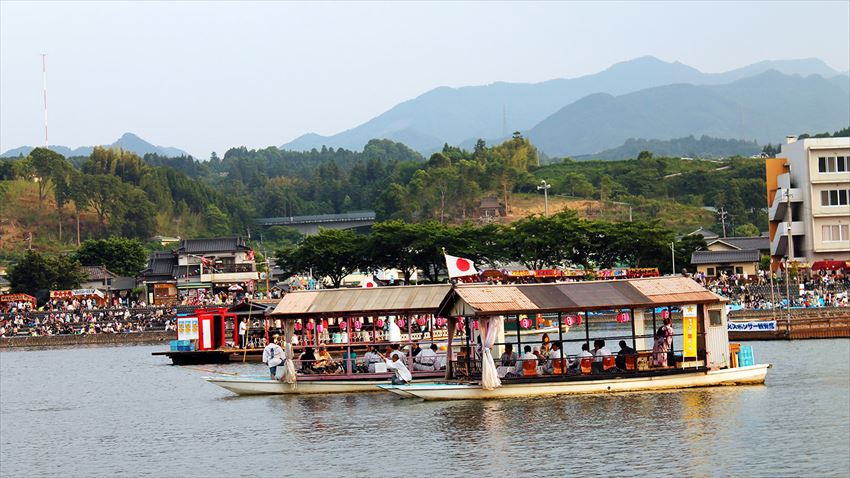
(https://instagram.com/p/BPksK3_hWwy/)
Dinner Boats
Every year from late May until the end of October, fishing boats operate in the Mikuma River. Continuing a 400 year tradition, visitors can board these boats, observing the traditional method of fishing using cormorant birds and enjoying a dinner while dressed in Japanese clothing. During the colder months, tables are fitted with kotatsu and hot pot dinners for guests to enjoy. These dinner boats often cooperate with onsen hotels in the city or through the Hita City Tourism Association (reachable by phone at 0973-22-2036).
Onta Pottery Village
Located about half an hour away by car from the city, Onta is a small mountain village whose livelihood depends on the productive of its unique “onta-yaki” style pottery. Made in the traditional method since the 16th century, the sound of pottery being made mixes with the scenic mountainside village to create a serene atmosphere.
Nearby Onsen
Hita - There are many hotels, including Japanese style ryokan offering onsen baths, available in Hita City.
Amagase - Amagase is a resort town famous for its hot springs, rivaled only by Yufuin and Beppu in terms of quality and popularity in the prefecture. Many hotels offer indoor as well as outdoor onsen baths, most overlooking the Mikuma River.
Places to Eat
One of the best benefits of coming to Hita City is the great amount of dining options available. While popular options such as Family Restaurants, Conveyor-Belt Sushi, and Izakayas are plentiful, there are many unique restaurants to be tried as well.
• Ohara-ya (Tashima-2-chome) - A small family-run street-corner restaurant with an eclectic monthly-rotating menu. Located nearby is Ohara Shrine, from which the restaurant gets its name.
• Ichijiku (Nakadzuru-machi) - An okonomiyaki restaurant.
• Yama Midori - Located across the street from City Hall, this izakaya serves some of the best karaage, or fried chicken, in the region.
• Takamura (Chome-7-8 Maruyama) - An adventurous udon restaurant with a variety of choices for both summer and winter.
• Bamboo Fish Traps (Takedashin-machi) - Located on the Mikuma River, the traps catch sweetfish, known as ayu, right out of the flowing river. Available from July until November.
• Sapporo Beer Factory (Takase 6979) - Perfect for fans of Japanese beer, the factory offers a guided tour of the brewery as well as a beer garden overlooking the city.

(https://www.facebook.com/WorldWideWojnar/)
Selected Holidays and Festivals
• Hina Dolls Festival (February 15 - March 31) - The museums and historical houses in Mameda-machi and Kuma-machi open during this time to show off an intricate collection of Japanese dolls.
• Cherry Blossom Festival (First Sunday in April) - Kizan Park is the site of Hita’s citywide Cherry Blossom viewing event.
• River Opening Festival (First weekend after May 20th) - Kyushu’s largest firework display, this two-day firework festival shoots more than 10,000 fireworks over the Mikuma River. It’s possible to rent a dinner boat to view the fireworks from.
• Hita Gion (First weekend after July 20th) - For two days, local men dressed in Japanese costumes push their 12 meter high, 2 ton floats through the city streets. For two days, locals from the eight participating districts push and pull their floats (called Yamaboko in Japanese) throughout the city. The largest of these floats can tower up to 12 meters in height.
• Tenryo Festival and Sennen Akari (Second weekend of November) - During the day, Mameda-machi’s streets fill with over a hundred people dressed in traditional Japanese clothing, reenacting the Edo period of Japan. In the evening, over 30,000 bamboo lamps light up the entire district as well as the Kagetsu River, located next to it.
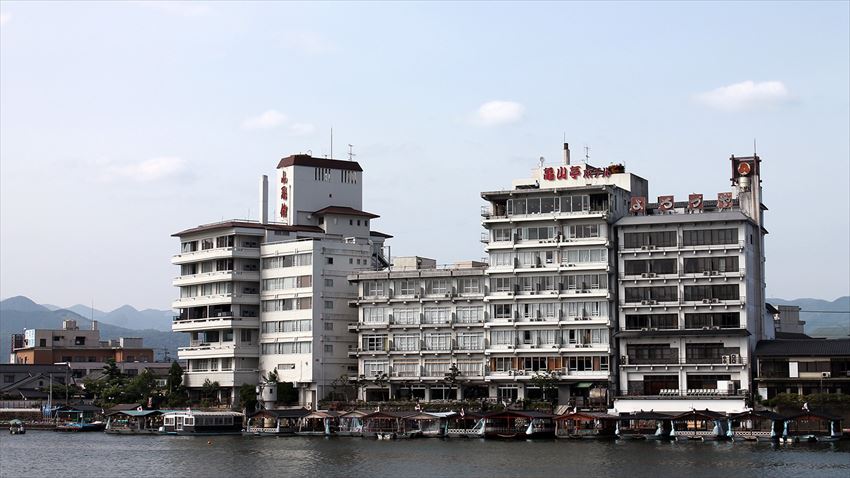
(https://worldwidewojnar.wordpress.com/)
Where to Stay
Hita City is generally a quiet city when there are no festivals going on. Visitors booking accommodation in the off-season will have no issues finding a room, as many hotels remain half-empty. During the summer, especially when an event such as Gion is being celebrated, prices increase dramatically and availability becomes scarce. For this reason, visitors planning to come to Hita for a festival should book their rooms well in advance. Even so, the Hita has many elegant options, including traditional Japanese style hotels called ryokan which offer onsen baths.
Luxury:
• Hatago Kayausagi - Kotohira Cho 1529-1
• Mikuma Hotel - Kuma 1-3-19
• Hina-no-Sato Sanyokan - Kuma 1-3-8
Budget:
• Hotel Socia - Motomachi 17-3
• Kizantei Hotel - Kuma 1-3-10
Ryokan with Onsen:
• Kotohira Onsen Kayausagi - 1529-1, Kotohira-machi
• Sanso Tensui - 601 Amagase-machi, Sakuradake
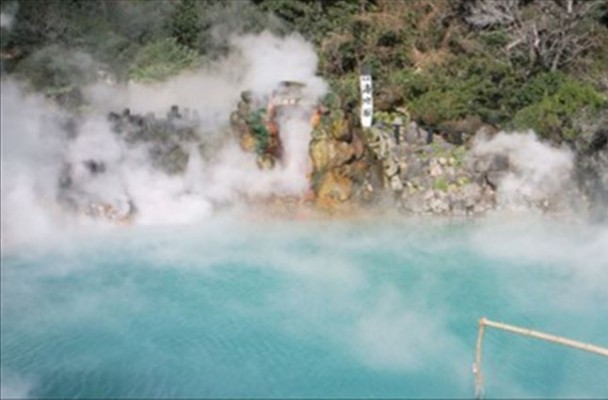

Comments